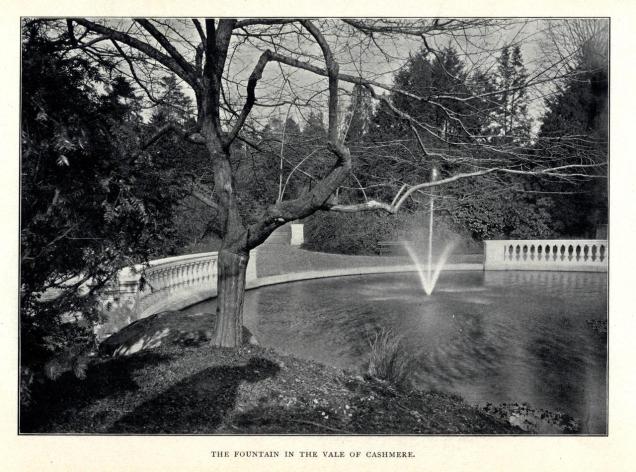This past Friday, I was invited to speak about my book before the annual investors conference for the 22nd Annual Investors conference of the NYC Municipal Water Finance Authority. It took place at Queens Museum, which coincided with Maintenance Art, an exhibit on the ecology, history, and future of Fresh Kills by Mierle Laderman Ukeles.

The central piece of the exhibit was a model of Landing, an overlooks inside the dump-turned-park that will offer visitors a view of the city’s largest naturalistic landscape. What’s an architecture piece from Staten Island park doing at the Queens Museum? Continue reading








